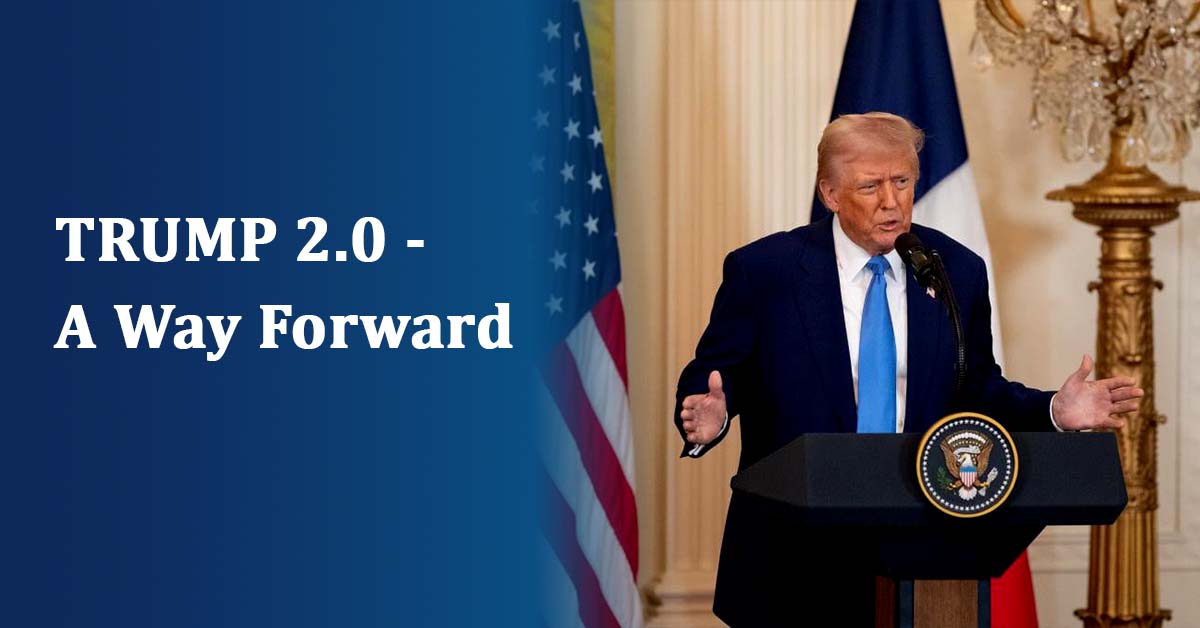
Donald Trump has won the U.S. presidential election and will take over white house as the 47th President of the United States of America on January 20, 2025. Here, we explore potential outcomes for the future during his presidency.
- Donald Trump is known for his unpredictable tendencies and is likely to use trade as a tool to strengthen the U.S. economy just like his previous tenure.
- He may lower the corporate tax rate from 21% to 15%, which could lead to higher profits for companies. This, in turn, might encourage increased capital expenditure, higher wages for individuals, and a general boost to both the markets and the economy. However, one potential downside of this move could be rising inflation in the future in the United States.
- Indian IT firms are likely to receive a significant boost during his presidency, as the U.S. is a key market for these companies.
- As the corporate tax rate are expected to decrease, government revenue is likely to decline, which could lead to an increase in national debt. As a result, the cost of borrowing for the United States is expected to rise. To make things stable Trump can raise tariffs by 10-20% on all imports, and he could also put more tariff on goods imported from china to increase government revenue.
- As tariffs increase, imports will become more expensive. U.S. companies will either produce goods domestically or purchase costlier imported products, both of which will ultimately raise the price of goods. This could signal higher inflation in the United States, leading the Federal Reserve to delay any decisions to reduce interest rates in the future.
- The Indian pharmaceutical sector may see strong growth under Trump’s presidency, as he aims to reduce drug prices. Lower drug prices would squeeze U.S. company margins, benefiting Indian producers.
- The same dynamics could play out in the metals sector. With tariffs rising, the cost of importing goods from China will increase, positioning India as a potential substitute supplier for metal products.
- Trump’s presidency is likely to be characterized by higher inflation, which will lead to slower interest rate cuts by the Federal Reserve. As the Fed holds rates steady, the Reserve Bank of India (RBI) may follow suit, impacting Indian banks and non-banking financial companies (NBFCs). This will result in higher borrowing costs for them, and the cost of capital will remain elevated.
